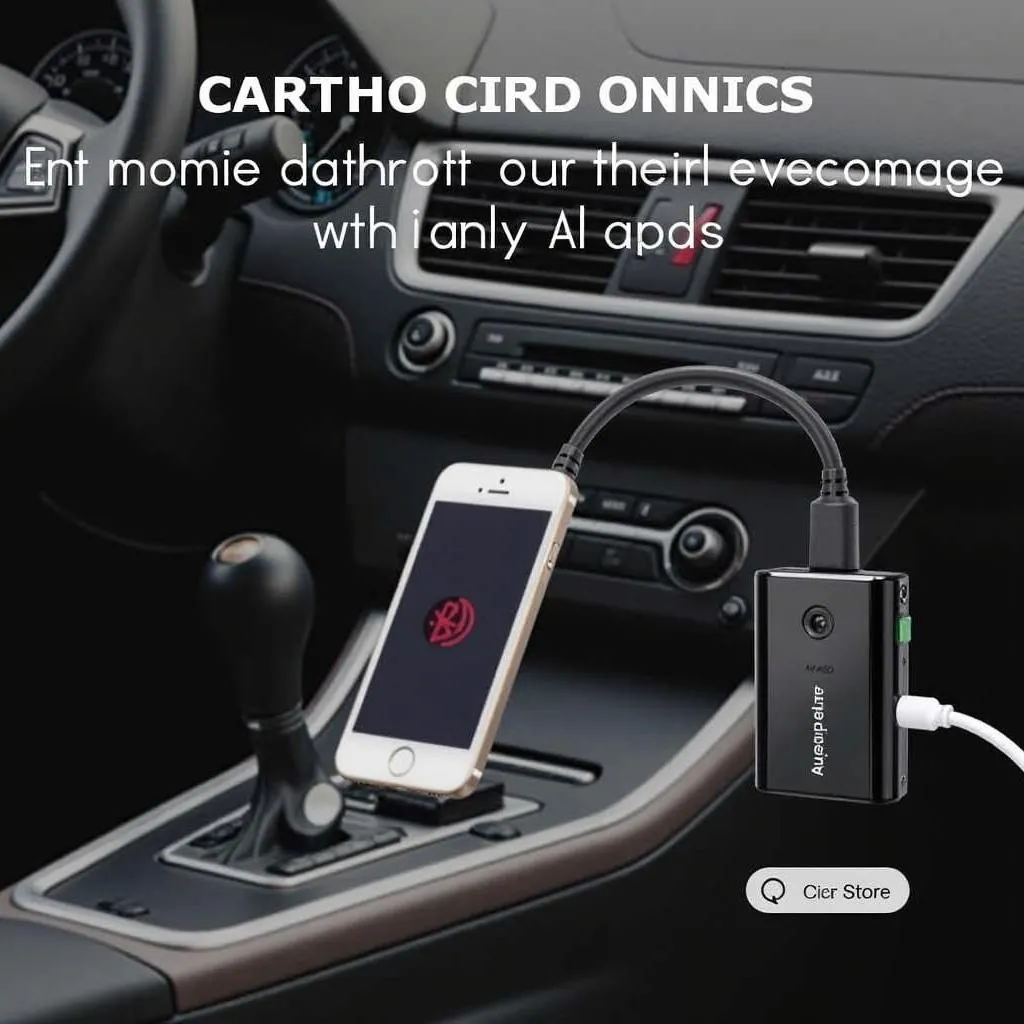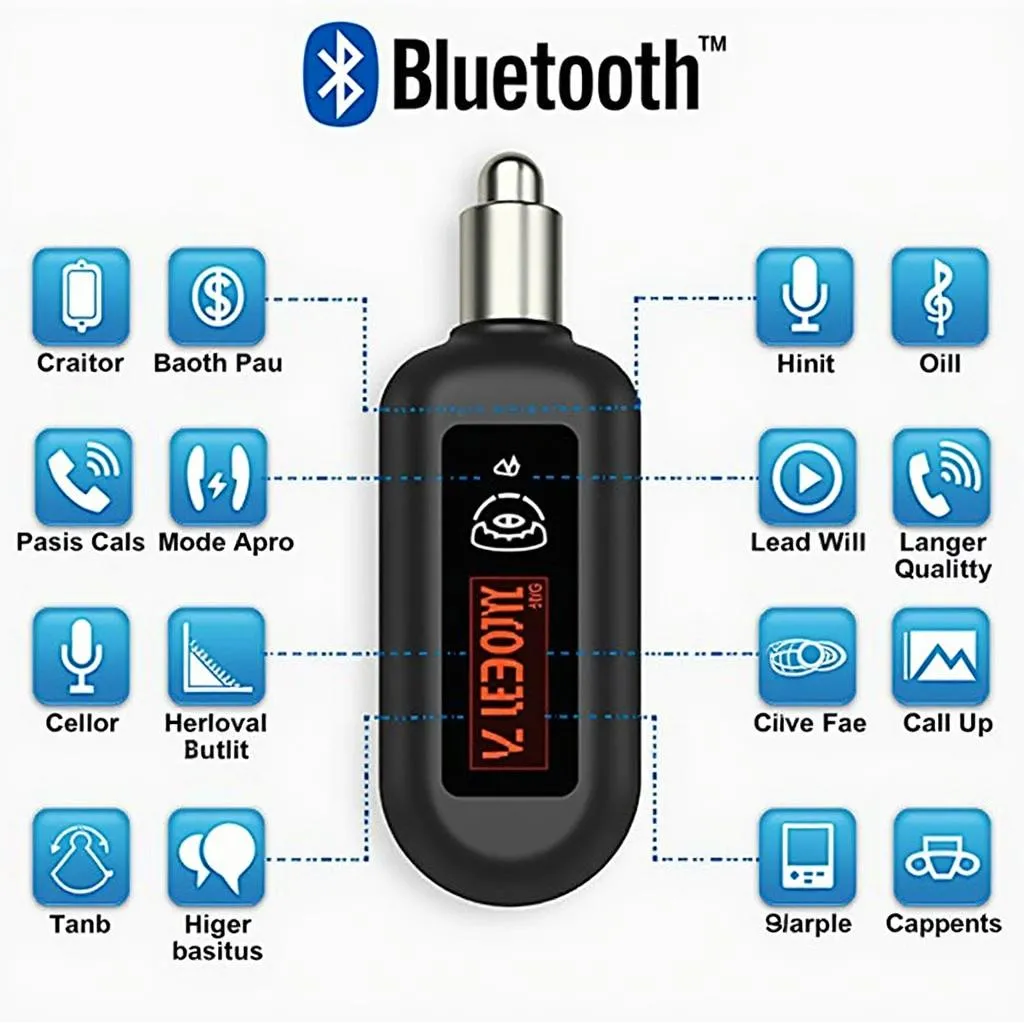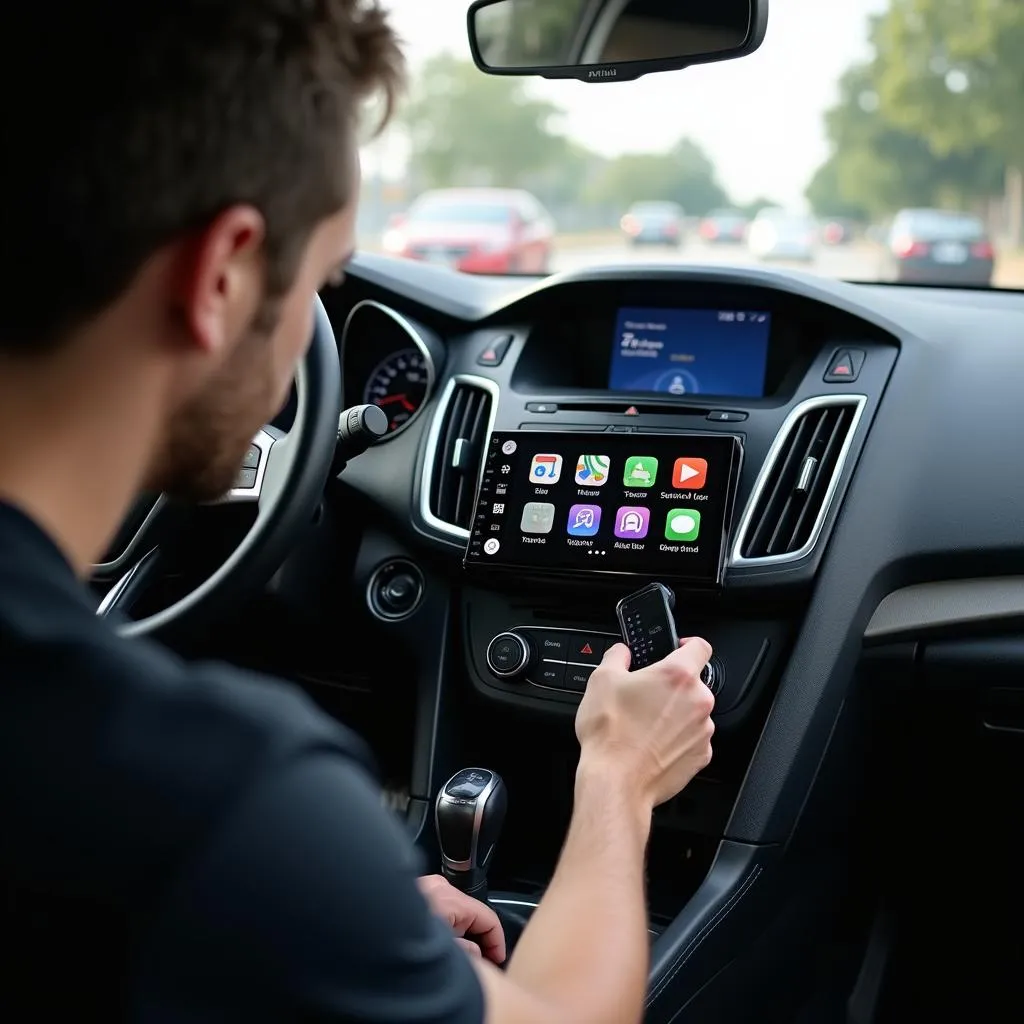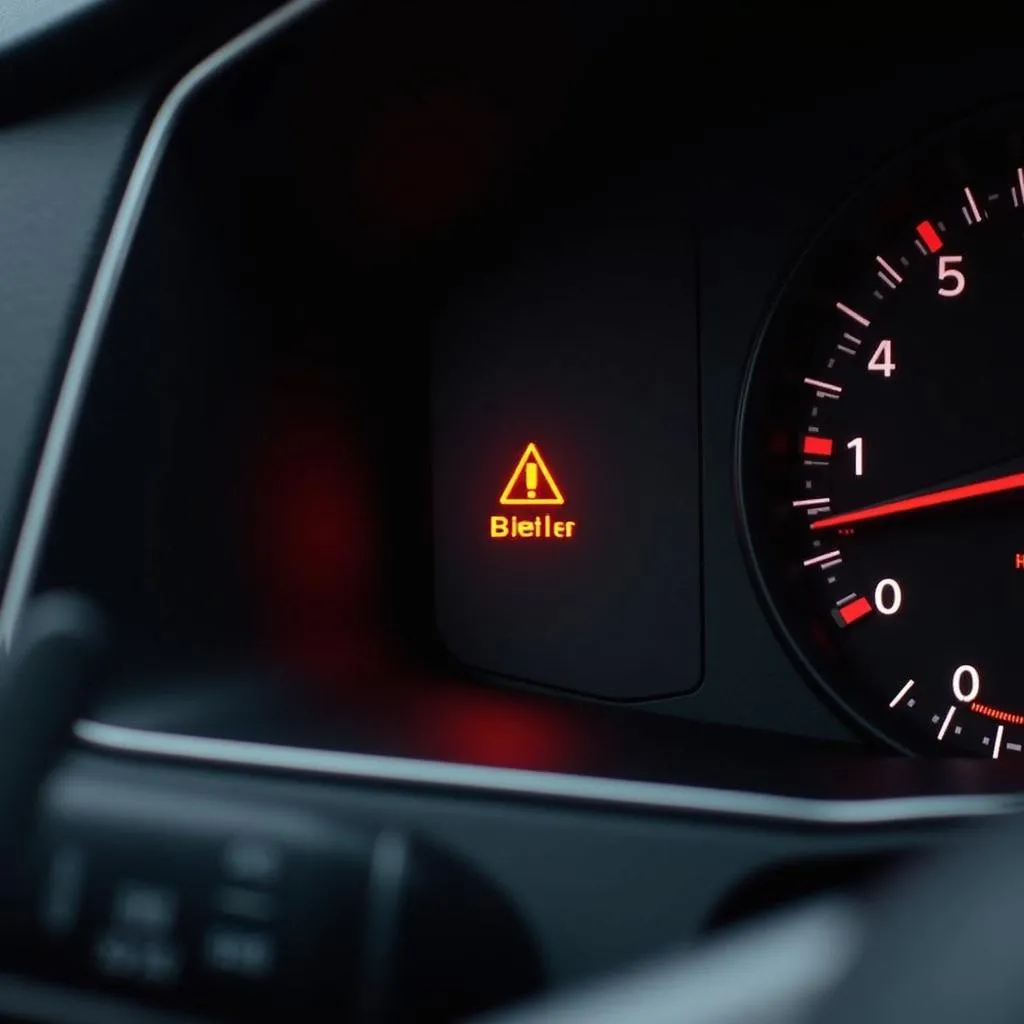Let’s face it, listening to the same old radio stations on repeat can get old. You crave the freedom to blast your favorite playlists, catch up on podcasts, and take calls hands-free. That’s where the magic of Bluetooth comes in! Connecting your phone to your car stereo via “car radio AUX input Bluetooth” opens up a world of audio possibilities. But what if your car isn’t equipped with built-in Bluetooth? Don’t worry, we’ve got you covered. This guide will walk you through everything you need to know about getting that Bluetooth connection up and running in your car.
Understanding Your Car Audio Setup
Before we dive into solutions, it’s essential to understand the components involved:
- Car Radio/Stereo: This is the heart of your car’s audio system, handling radio reception and audio output.
- AUX Input: The AUX (auxiliary) input is a 3.5mm jack, much like the headphone jack on your phone, allowing you to connect external audio devices.
- Bluetooth: A wireless technology enabling short-range data exchange between devices like your phone and a compatible car stereo.
The goal is to bridge your phone’s Bluetooth capability to your car’s audio system through the AUX input.
Common Issues with Car Radio AUX Input and Bluetooth
Even with an AUX input, you might encounter a few bumps on the road to Bluetooth bliss:
- No Bluetooth Compatibility: Older car stereos often lack built-in Bluetooth, making a direct wireless connection impossible.
- Sound Quality Issues: Static, interference, or low volume can plague the AUX connection, especially with low-quality cables or a weak signal.
- Device Compatibility Problems: Not all devices play nicely with each other, sometimes leading to connection dropouts or pairing difficulties.
Troubleshooting Bluetooth Connectivity Issues
Identifying the root of the problem is key to finding the right solution. Here’s a simple troubleshooting checklist:
- Check Your Car Stereo Manual: Your car’s manual is your best friend. It’ll tell you if your stereo has Bluetooth hidden somewhere.
- Inspect the AUX Input: Make sure the AUX port is clean and free from dust or debris. A damaged port can cause audio issues.
- Test with Different Cables and Devices: A faulty AUX cable can be a common culprit. Try a different cable and connect another device to rule out device-specific issues.
Solutions for Car Radio AUX Input Bluetooth Connectivity
Now, let’s explore some popular solutions to get your car rocking with Bluetooth audio:
1. Bluetooth Receivers: Small but Mighty
 Bluetooth Receiver for Car Radio
Bluetooth Receiver for Car Radio
Bluetooth receivers are compact devices that plug into your car’s AUX input. They pair with your phone via Bluetooth and transmit the audio wirelessly to your car stereo.
Pros:
- Affordable and Easy to Use: Bluetooth receivers are a budget-friendly solution that requires minimal setup.
- Wide Compatibility: They work with virtually any car stereo equipped with an AUX input and any Bluetooth-enabled phone.
Cons:
- Sound Quality: While most receivers offer decent sound, audiophiles might notice a slight dip in quality compared to a direct wired connection.
2. Bluetooth Car Adapters: Feature-Packed Powerhouses
 Bluetooth Car Adapter with Display
Bluetooth Car Adapter with Display
Bluetooth car adapters offer a step up in features. They often include built-in microphones for hands-free calling and some even have displays for track information and caller ID.
Pros:
- Hands-Free Calling: The integrated microphone ensures safe and convenient communication while driving.
- Additional Features: Many adapters come with extra bells and whistles like USB charging ports and voice assistant integration.
Cons:
- Higher Cost: The added features come at a slightly higher price point compared to basic Bluetooth receivers.
3. Replacing Your Car Stereo: The Ultimate Upgrade
 Car Stereo Installation
Car Stereo Installation
If you’re looking for a seamless, integrated solution and the latest car tech, upgrading to a new Bluetooth-enabled car stereo is the way to go.
Pros:
- Seamless Integration: Modern car stereos offer a polished, integrated experience with features like steering wheel controls and advanced audio settings.
- Latest Technology: Enjoy features like Apple CarPlay, Android Auto, and HD Radio for the ultimate connected driving experience.
Cons:
- Cost: This is the most expensive option, especially if you opt for a high-end stereo with all the bells and whistles.
- Installation: Replacing a car stereo typically requires professional installation, adding to the overall cost.
Frequently Asked Questions About Car Radio AUX Input Bluetooth
Q: Can I add Bluetooth to any car radio?
A: While not every car radio has built-in Bluetooth, you can usually add it using a Bluetooth receiver, adapter, or by replacing the stereo altogether.
Q: How do I know if my car radio has an AUX input?
A: Look for a 3.5mm jack labeled “AUX” or “Auxiliary Input.” It’s often located on the front panel of the stereo or inside the center console.
Q: What is the difference between a Bluetooth receiver and a Bluetooth adapter?
A: Both achieve wireless audio streaming, but adapters often have additional features like hands-free calling, displays, and USB charging ports.
Q: What if I don’t have an AUX input in my car?
A: Don’t worry, there are still options! You might be able to add an AUX input using aftermarket solutions or explore FM transmitter options. For older cars, consider consulting with a trusted automotive electrician. “When working with older car models, it’s essential to ensure any modifications are compatible with the car’s electrical system,” says John Miller, an automotive electrical expert from [Reputable Automotive Electrical Source].
Need Expert Help? Cardiagtech is Here!
Navigating the world of car audio can be tricky. If you’re unsure about the best solution for your needs or need assistance with installation, CARDIAGTECH is here to help! We offer a range of automotive diagnostic, programming, and remote installation services to get you connected and enjoying your favorite tunes in no time.
Remember, upgrading your car audio system should enhance your driving experience, not add to your stress. By understanding the options and seeking expert guidance when needed, you can enjoy seamless audio streaming on the open road.

